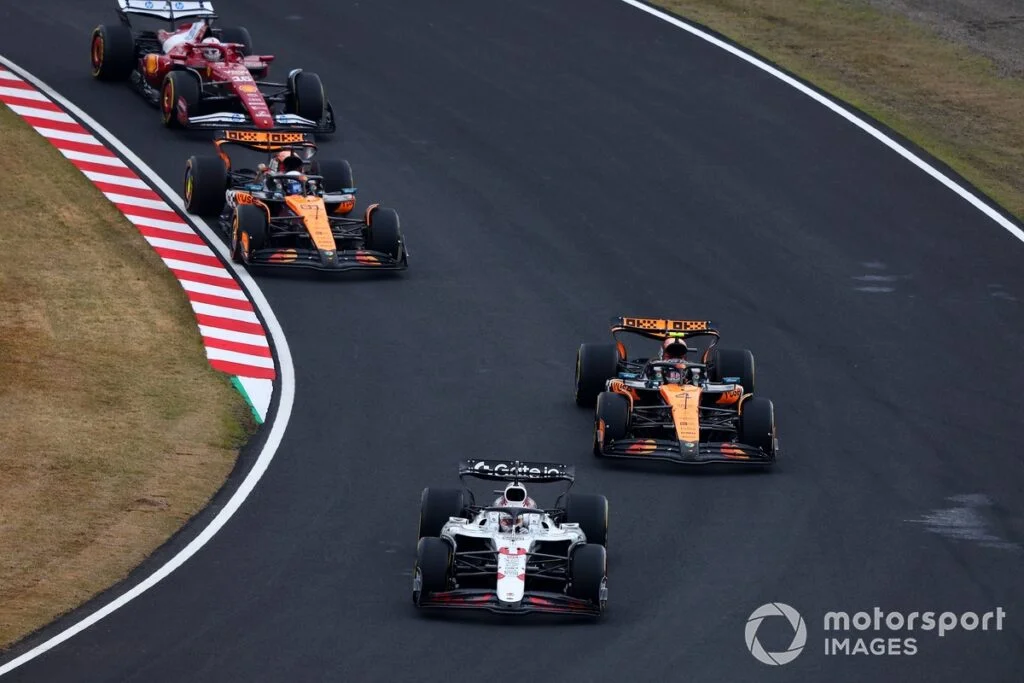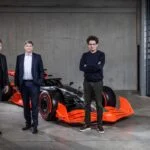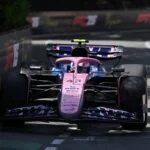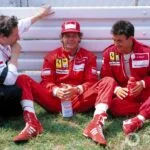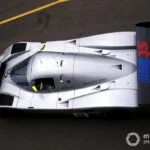The Dirty Air Problem in Formula 1: A Persistent Challenge for Passing
The Japanese Grand Prix of Sunday didn’t make it to the list of all-time F1 classics due to low tire degradation and limited passing opportunities. The race at Suzuka, known for its challenging turns and DRS ineffectiveness, highlighted the persistent issue of dirty air affecting overtaking.
The Nature of Suzuka and the Dirty Air Problem
Passing has never been easy at Suzuka, with Turn 1 making DRS largely ineffective and few straightline sections transitioning into hard stops, making it difficult to slipstream a driver ahead. Additionally, the increasing dirty-air problem is a significant factor.
The current generation of F1 cars was designed to make passing easier by reducing reliance on ‘overbody’ aerodynamics and producing less turbulence. However, the opposite seems to be happening, with turbulent air making it difficult for cars to follow due to its randomness and the complexity of car designs.
The Impact of Regulations on Dirty Air
When the new regulations were introduced, it was estimated that a 2021-spec car could lose up to 47% downforce when around 10 meters behind and around 35% at 20m. However, with the now outgoing rules, it showed an 18% downforce reduction at the 10m mark, and 4% at 20m.
Reduced downforce while following also causes the chasing car to slide more, putting more energy through the tyres and resulting in higher degradation. It was hoped that the new rules could minimize this effect and allow cars to race closer, but Suzuka exposed how this has regressed.
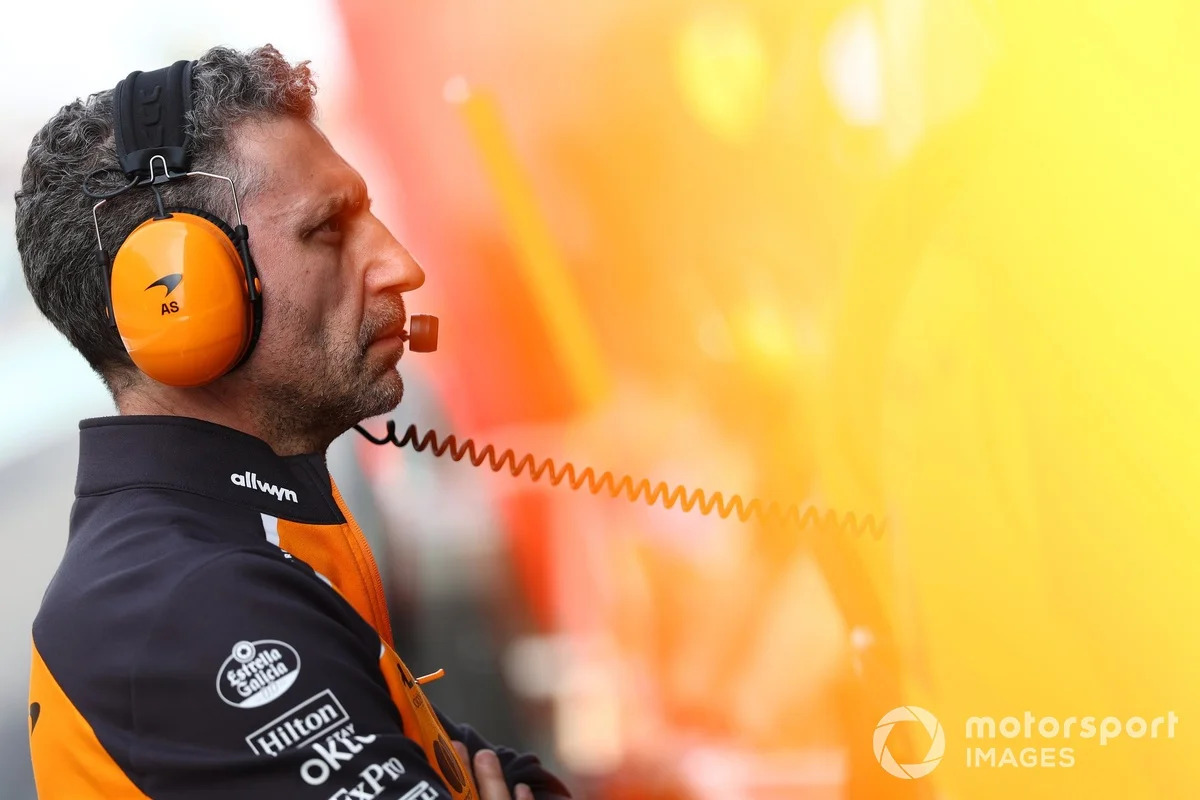
The Role of Innovations in Exacerbating Dirty Air
Over the past couple of seasons, teams have found loopholes to expand on the performance of their cars at the expense of following F1’s intentions. For example, front wings and rear wings now come with exposed wing tips, increasing the power of the wings and contributing to greater levels of turbulent wake.
Each innovation has generally contributed to greater levels of turbulent wake, making it incrementally more difficult to follow other cars. McLaren team principal Andrea Stella explained that as aerodynamic downforce keeps increasing, the losses are even bigger, making it harder to follow.
Potential Solutions for the Dirty Air Problem
The 2026 regulations may introduce some reset from this point of view, as teams have made their cars so aerodynamically complex that following results in performance loss. Active aerodynamics and power unit overrides may potentially help the situation next year.
However, certain circuits will continue to make passing very difficult, so expect to hear more about dirty air until the end of the season. The close field currently defining 2025 offers some hope for improved overtaking opportunities in the future, but it’s a challenge that F1 must address to maintain fan engagement and excitement.

